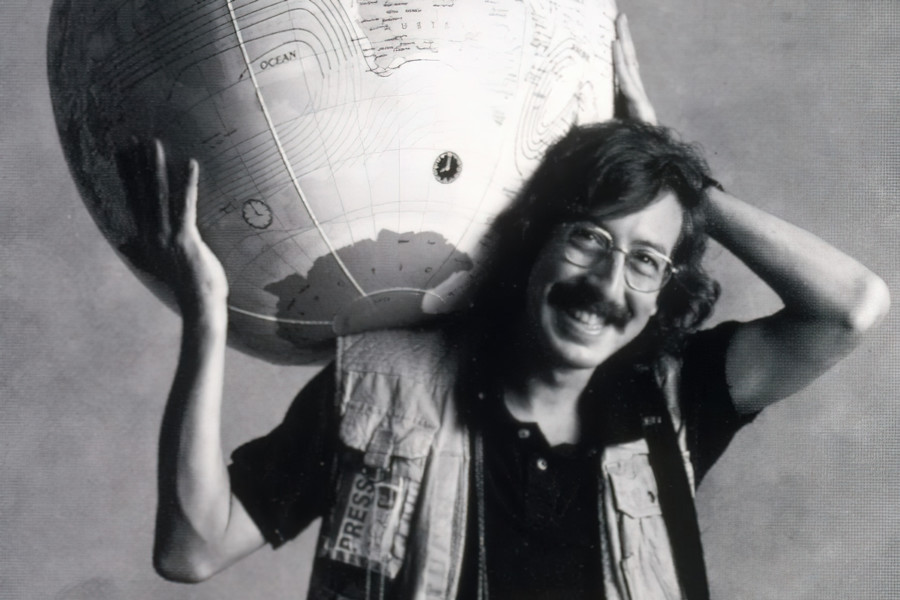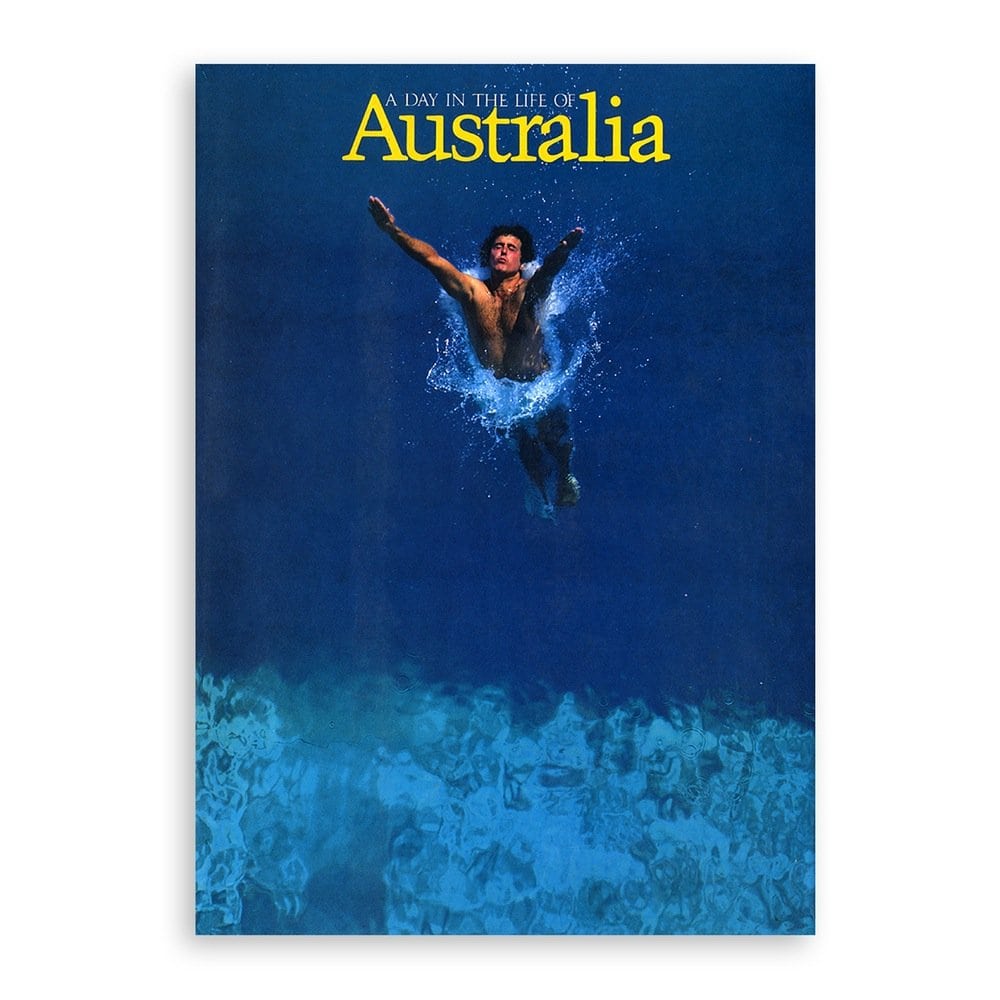Share
Rick Smolan on the 40th Anniversary of “A Day in the Life”
On March 6, 1981, photographer Rick Smolan convened 100 of the world’s best photographers to photograph 24 hours in Australia – an audacious an...

On March 6, 1981, photographer Rick Smolan convened 100 of the world’s best photographers to photograph 24 hours in Australia – an audacious and self-published effort which yielded the first in a series of massively successful photo coffee table books under the “A Day in the Life” moniker.
The intricacies and logistics of producing the books are only eclipsed by the life experiences that led Smolan to embark on the project, and continue to inform his activities as a photographer, author, and speaker.
In this episode of the PhotoShelter podcast “Vision Slightly Blurred“, Sarah and Allen interview Rick Smolan and even get him to share his thoughts about NFTs.
A self-described introvert, Smolan fell in love with photography in high school, and found that it helped him connect to various groups on campus – from jocks to ROTC cadets – in a way that would have been otherwise impossible. Smolan says he was highly influenced by a book given to him by his father of Elliot Erwitt’s photography. “He had this wacky sense of humor,” says Smolan, “he wasn’t making fun of people, but the pictures were very funny.”
Although Smolan was set on becoming a professional photographer, his father forbade him from applying to colleges with photo programs. But his enterprising spirit led Smolan to ask the head of the Art Department at Dickinson whether he could create his own major, and to his surprise, the request was approved.

A college friend told Smolan about an upcoming special issue of LIFE magazine entitled “One Day in the Life of America,” and encouraged him to work on the project. Smolan headed to New York City with a yearbook and some prints in hand, and snuck his way into the offices of Director of Photography John Loengard, where he smooth talked his way into a paid assignment. He ended up having two images published in the issue, which jumpstarted his career.
A chance meeting with David Burnett while meeting with a Time editor led to his membership with the nascent Contact Press Images, and soon Smolan was living a peripatetic photojournalist life. A week long press junket to Japan turned into a nearly year long residency, where he met the Australian Prime Minister Malcolm Fraser. Fraser, an avid photographer, invited Smolan to Australia as a part of an all-expenses paid journalism exchange program.
His familiarity with Australia led to a Time assignment in Alice Springs to document the plight of the local Aboriginal Australian population. While there, he met an intransigent Aussie, Robyn Davidson, who wanted to walk 1,700 miles from Alice Springs to the Indian Ocean. National Geographic subsequently hired Smolan to document parts of her journey, which was featured on the May 1978 cover. The story was later dramatized in the 2014 movie “Tracks” with Adam Driver portraying Smolan.
Smolan pursued a personal project to document amerasian children – Asian children fathered by American G.I.s, which led to an improbable frienship with a woman now known as Natasha Pruss.
Frustrated by his inability to get a magazine to publish Natasha’s story in a way that he thought was needed, Smolan started to consider projects that would yield him more editorial control. “I just realized it didn’t matter how good a photographer I was,” said Smolan. “I’m always a cog in somebody else’s machine with some other agenda.”
“We [the photographers] were the ones out there seeing stuff, but the editors were back in London or Paris or Tokyo, and they had a mental picture of what the story was,” he explained. “You were supposed to give them what their pre-anticipated version of the story was.”
With his affinity for Australia and his relationship with the Prime Minister, Smolan suffered the rejection of 35 publishers before deciding to self-publish A Day in the Life of Australia with corporate sponsors like Qantas, Kodak, and Apple.
The book was a runaway success, and led to more titles in the series including Hawaii, Japan, Canada and the entire U.S. Smolan sold the series to Harper Collins in 1987.
Smolan describes himself as a technophile, and has continued to explore emerging technologies for storytelling from CD-ROMs in the 1990s to AR/VR today with his company Against All Odds. He continues to believe that photography can and should be used to advocate for things to “change the world.”
“I feel like photographers should use their skills to not dispassionately document. How can you not have a perspective on things?” asked Smolan. “If [photographers] can help expose a situation, shine a light on it, shock people, move people, get people to change the way they perceive something – they should do that.”


